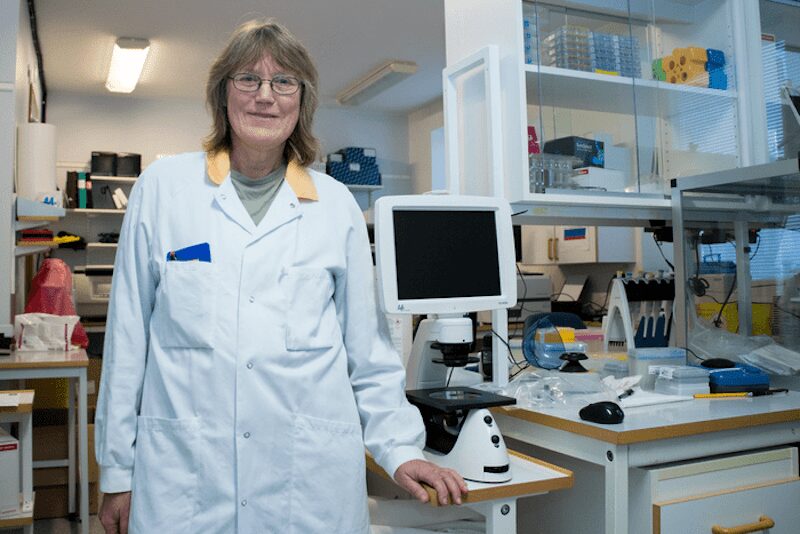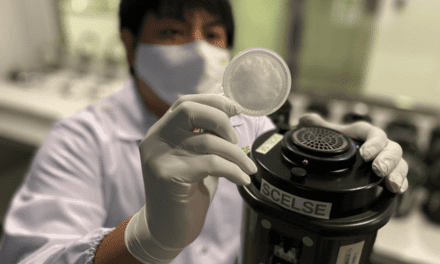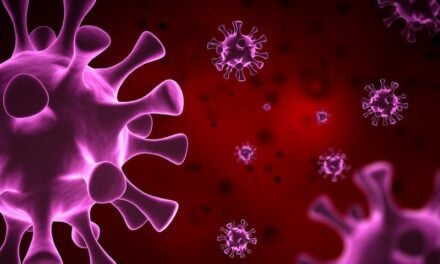The monitoring of viruses in wastewater helps enable the prediction of pandemics and their burdens on various parts of the health-care sector, independently from official public testing capacity and scope for infection tracking. This has been reflected in a new study from the University of Gothenburg in Sweden. The measurements and analyses of SARS-CoV-2 levels in the wastewater of Gothenburg attracted a great deal of attention during the pandemic. The weekly reports have shown both how widespread SARS-CoV-2 infection is in the community and its distribution among variants of the virus.
Beginning in February 2020, measurements of the virus being monitored rapidly became a useful indicator for forecasting load peaks in healthcare. High concentrations of SARS-CoV-2 in the wastewater were followed by rising numbers of people being hospitalized for COVID-19.
The association was detailed in a new study published in the scientific journal iScience, which covered four pandemic waves that occurred through 2020–2022.
Increased Pressure on Healthcare Services
The peaks of coronavirus being found in wastewater were followed not only by heavier burdens on inpatient care, but also by increases in pressure on the 1177 Vårdguiden e-service, which is a Swedish service providing healthcare by telephone and the central national infrastructure for Swedish healthcare online. One to two weeks after a wastewater virus peak, more calls were coming in about acute breathlessness in adults.
“The study shows that virus monitoring in wastewater can predict how a pandemic is going to develop and its burden on several parts of the health system,” says Hao Wang, postdoctoral researcher at Sahlgrenska Academy’s Department of Infectious Diseases, University of Gothenburg, and the study’s first author.
The study provides an account of the degree of testing capacity in Sweden during various phases of the pandemic. The scientists say that the national statistics on the number of confirmed cases did not reflect the actual spread of infection.
However, even when their symptoms were mild, all those infected had the virus in their urine and feces. This enabled detection of the virus in wastewater, in the form of RNA (genetic material). The weekly reports were based on daily samples of wastewater collected by Gryaab, the municipal water treatment company in Gothenburg.
Benefit Wastewater Monitoring of SARS-CoV-2
Heléne Norder, research leader at the University of Gothenburg’s Sahlgrenska Academy and the last author of the study, sees the results as proof of how virus surveillance during the pandemic has benefited the community. She also identifies the distinct advantages of the method used.
“The method we use in Gothenburg also enables monitoring of other viruses, which gives us unique scope for quickly spotting ongoing outbreaks. In the area, besides SARS-CoV-2, we’ve also been able to demonstrate the presence of viruses that spread through food or water and are excreted in the feces. Some of those caused outbreaks — norovirus, the ‘winter vomiting bug’, and astrovirus among children, for instance — during the pandemic,” she says. “So, during that time, we found changes in the virus levels that were directly relatable to the number of people infected in Gothenburg. Our research group intends to keep analyzing different viruses in the wastewater as long as we have research funding for it.”
The planning also includes further development of the technique to enable its adoption by all the laboratories that wish to carry out continuous virus monitoring.
“This might result in monitoring of more viruses in more regions for rapid identification of future outbreaks and efficient, proactive nationwide surveillance of ongoing ones,” Norder concludes.
Featured image: Heléne Norder, Sahlgrenska Academy at the University of Gothenburg. Photo: Elin Lindström





